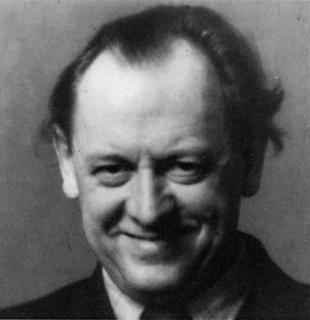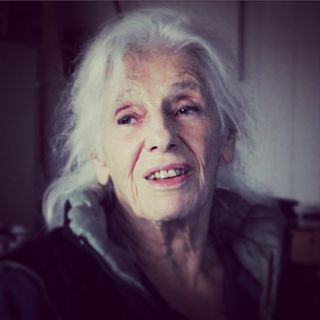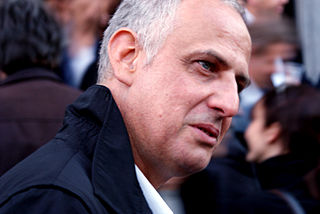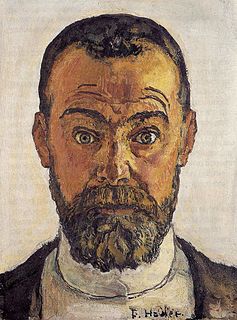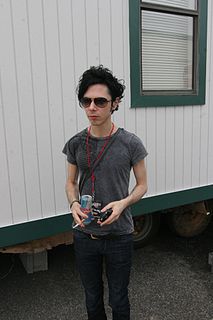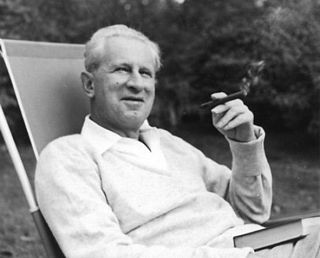A Quote by Sergei Eisenstein
For example, in painting the form arises from abstract elements of line and color, while in cinema the material concreteness of the image within the frame presents - as an element - the greatest difficulty in manipulation.
Related Quotes
Consider paint a film of light reflecting/absorbing material, and a colored paint a material which gives a particular, characteristic transmission of light via differential absorption and reflection. Call this reflected quality 'luminance' and measure it in millilamberts. This measure is as real and present as height, breadth, depth; and I find the phenomenon equally sumptuous and convincing. . . . Painted light, not color, not form, not perspective, or line, not image, or words, or equations, is painting. I make paintings which do not represent light, they are light.
Is there in painting an effect which arises from the being together of repose and energy in the artist's mind? - can both repose and energy be seen in a painting's line and color, plane and volume, surface and depth, detail and composition? - and is the true effect of a good painting on the spectator one that makes at once for repose and energy, calmness and intensity, serenity and stir?
While it may seem a little mundane, the material realities of realizing the painting actually have a lot to do with how you should read the painting. For example, we assume that what the model is wearing is what we found him in in the streets. No; in fact, a lot of what happens is that in Photoshop certain aspects are being heightened or diminished. There is no actual material truth in these paintings.
The process of dying begins with the dissolution of the elements within the body. It has eight stages, beginning with the dissolution of the earth element, then the water, fire and windelements. The color: appearance of a white vision, increase of the red element, black near-attainment, and finally the clear light of death.
Fear arises through identification with form, whether it be a material possession, a physical body, a social role, a self-image, a thought, or an emotion. It arises through unawareness of the formless inner dimension of consciousness or spirit, which is the essence of who you are. You are trapped in object consciousness, unaware of the dimension of inner space which alone is true freedom.
Where these reduced (operational - E.W.) concepts govern the analysis of the human reality, individual or social, mental or material, they arrive at a false concreteness - a concreteness isolated from the conditions which constitute its reality. In this context, the operational treatment of the concept assumes a political function. The individual and his behavior are analyzed in a therapeutic sense - adjustment to his society. Thought and expression, theory and practice are to be brought in line with the facts of his existence without leaving room for the conceptual critique of these facts.
Painting seems to be to the eye what dancing is to the limbs. When that has educated the frame to self-possession, to nimbleness,to grace, the steps of the dancing-master are better forgotten; so painting teaches me the splendor of color and the expression of form, and as I see many pictures and higher genius in the art, I see the boundless opulence of the pencil, the indifferency in which the artist stands free to choose out of the possible forms.

